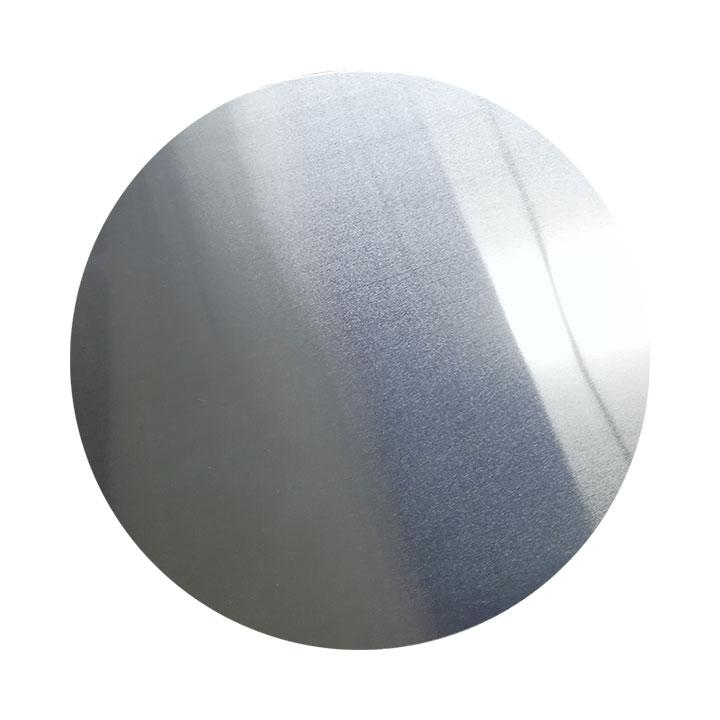Not all road signs are created equal—some require higher reflectivity for better visibility in low-light conditions. Aluminum circles serve as the perfect substrate for these specialized signs, allowing customization in thickness, coating, and shape to meet varying regulatory standards.
Tailoring Thickness for Different Sign Types
Road signs vary in size and purpose, from small directional indicators to large highway boards. Aluminum circles can be customized in thickness (typically 1mm to 3mm) depending on the application:
1mm to 2mm: Ideal for lightweight signs in urban areas.
2mm to 3mm: Used for larger, wind-resistant highway signs.
The thicker the aluminum, the more stable the sign, especially in high-wind regions.
Enhancing Reflectivity with Specialized Coatings
Standard aluminum circles are already reflective, but advanced coatings can further improve visibility:
Anodized Aluminum: Increases corrosion resistance and provides a matte surface for better retroreflective sheeting adhesion.
High-Intensity Prismatic Reflective Films: Applied on aluminum circles for maximum nighttime brightness, meeting DOT or EN standards.
Custom embossing or perforation can also be added to reduce wind resistance without compromising strength.
Compliance with International Standards
Different countries have specific requirements for road sign materials. For example:
USA: MUTCD (Manual on Uniform Traffic Control Devices) specifies reflectivity levels.
EU: EN 12899-1 outlines durability and visibility standards.
Aluminum circles can be manufactured to comply with these regulations, ensuring global applicability.
The Future: Smart Road Signs with Aluminum Bases
With the rise of smart cities, aluminum circles are being used as bases for electronic road signs (like LED-enhanced traffic indicators). Their conductive properties and structural stability make them ideal for integrating sensors and solar panels.
Final Thoughts
Customizing aluminum circles for road signs ensures optimal performance, whether for standard traffic directions or high-tech smart signage. Their adaptability and compliance with safety standards make them a future-proof investment for transportation infrastructure.

